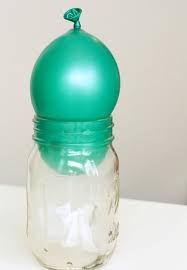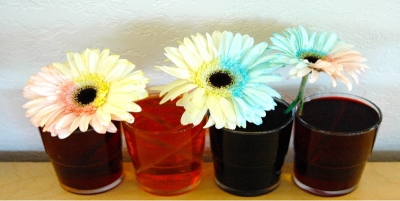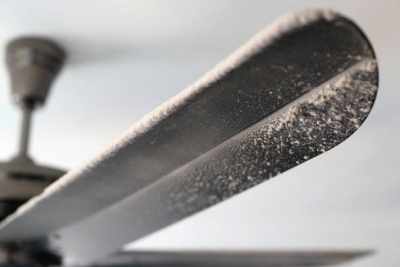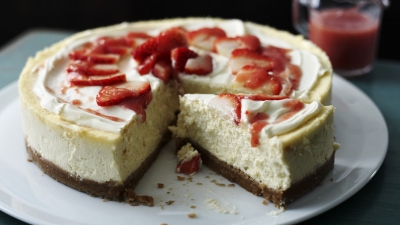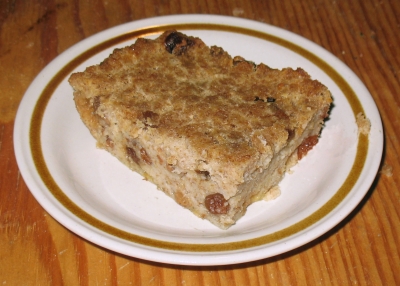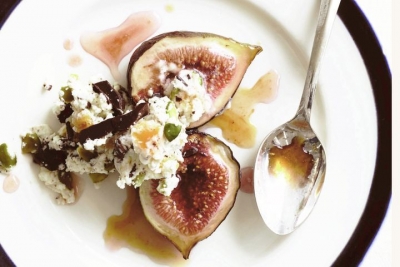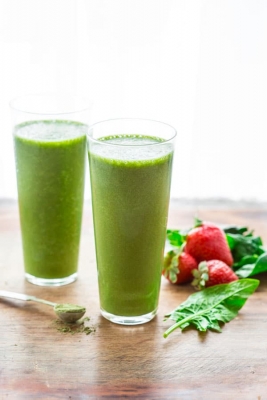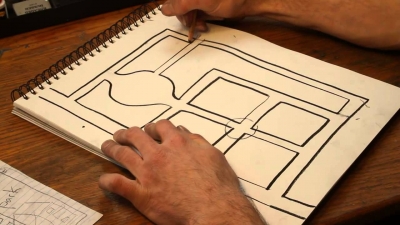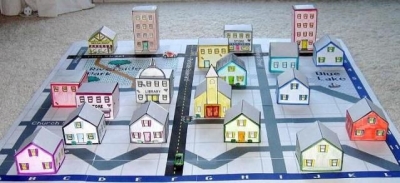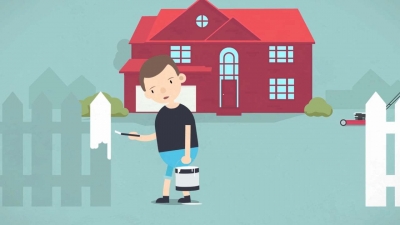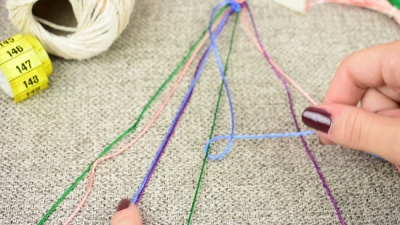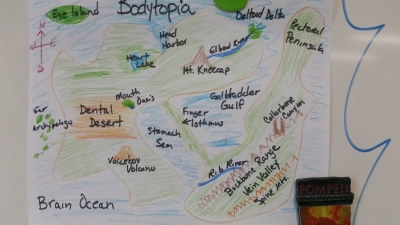
Terrific travellers are clever and ready for new sights, new sounds, new tastes, and new experiences. They respect other people's languages, customs, and foods, even though they might seem strange at first. Terrific travellers expect surprises, and they know that each journey is a chance to learn something new.
Take this quiz to find out if you are a terrific traveller. You can pick more than one letter for each number. Then count the number of a's, b's, c's, and d's you score.
1. You are taking a stroll down a wooded path. You spot a flower you've never seen before. You:
a. pick the flower so no one else will find it.
b. ignore the flower. Woods are boring!
c. look up the flower in your nature guide and make a sketch of it in your notebook.
d. have a contest to see how many unusual flowers you can find.
2. It is late afternoon in a Spanish village. All the shops and restaurants are closed for siesta. You:
a. bang on the windows and tell everyone to wake up because you are hungry
b. pout in your hotel room.
c. use the time to read about local customs.
d. have a picnic in the park with the snacks
you packed in your backpack.
3. It is your only day to go to the beach. Suddenly, it starts to rain. You:
a. tell everyone that your trip is ruined and you want to go home.
b. sit in your room all day and watch it rain.
c. use the time to write postcards to your friends.
d. go to a museum you hadn't planned to visit.
4. You are in a restaurant and the waiter brings you an odd-looking dish you've never had before. You:
a. pinch your nose and yell "Ugh!"
b. push the plate away from you when no one is looking.
c. ask the waiter to tell you the name of the dish and how to pronounce it.
d. try the dish even though you don't know whether you will like it.
5. Your parents tell you that you are going to an art museum instead of the amusement park. You:
a. plan to bring your in-line skates so you can play tag with your sister.
b. sigh loudly and dawdle behind your parents once you get there.
c. take the museum tour and learn about the paintings.
d. go on an art museum treasure hunt.
What Your Score Means:
Mostly A's:
Tourist, go home! You won't enjoy your trip, and you may keep other people from enjoying theirs.
Mostly B's:
B is for boring. You need to put more effort into your travels if you want to have fun!
Mostly C's:
Your willingness to learn about the places you visit makes you a terrific traveller.
Mostly D's:
You're terrific, too. Your adventurous spirit guarantees that you will have fun wherever you go.
Picture Credit : Google
